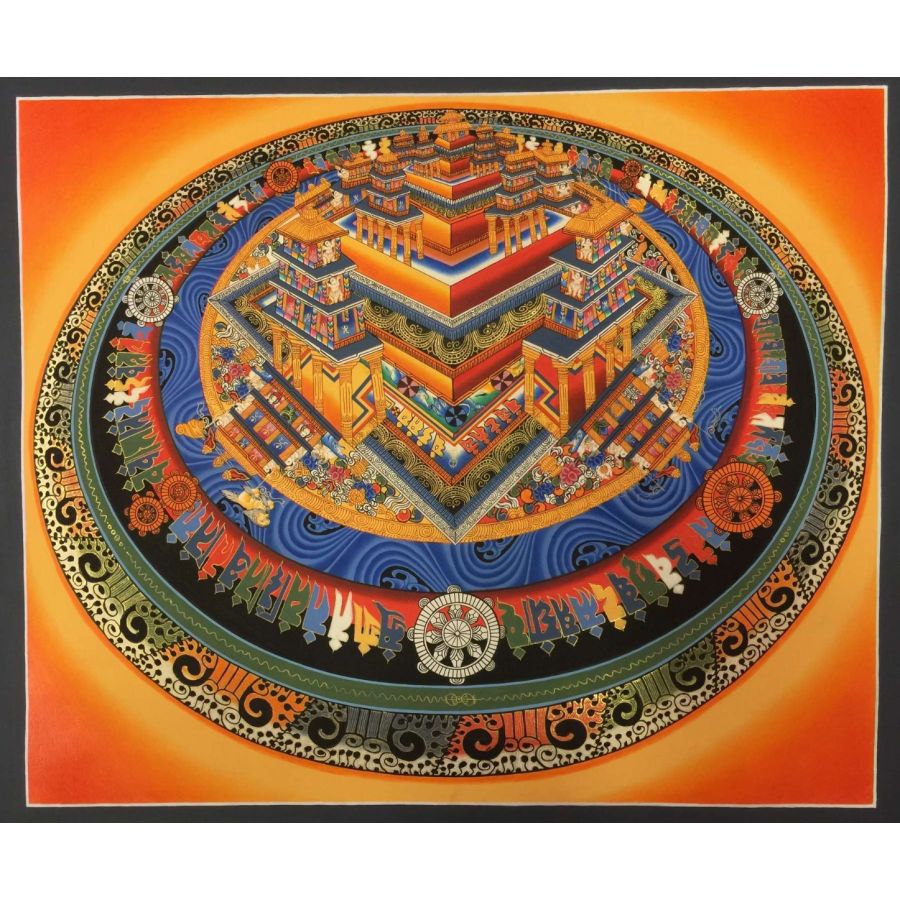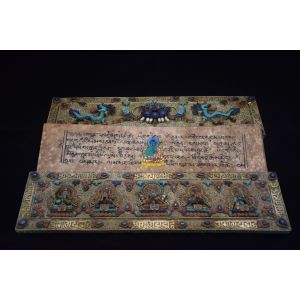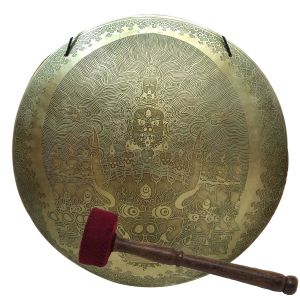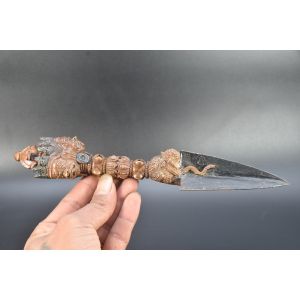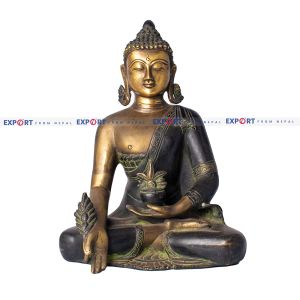Tibetan Thangka of Palace Kalachakra Mandala
INTRODUCTION TO THANKA
A thangka, variously spelt as thangka, tangka, thanka, or tanka (Nepali pronunciation: [ˈथान्का]; Tibetan: ཐང་ཀ་; Nepal Bhasa: पौभा), is a Tibetan Buddhist painting on cotton, silk appliqué, usually depicting a Buddhist deity, scene, or mandala. Thangkas are traditionally kept unframed and rolled up when not on display, mounted on a textile backing somewhat in the style of Chinese scroll paintings, with a further silk cover on the front. So treated, thangkas can last a long time, but because of their delicate nature, they have to be kept in dry places where moisture will not affect the quality of the silk.
| Size | 36X44cm |
| Material | Cotton Canvas and Natural Colors |
| Seller | Handmade Handicraft |
|---|---|
| Product Tags | Thangka, Thanka, Wall Art, Art, Painting, Tanka, Monastery wall, Mandala, Tibetan Painting, Buddhist Painting, Palace Kalachakra Mandala |
| UK Size | 4 |
| Seller | Admin |
